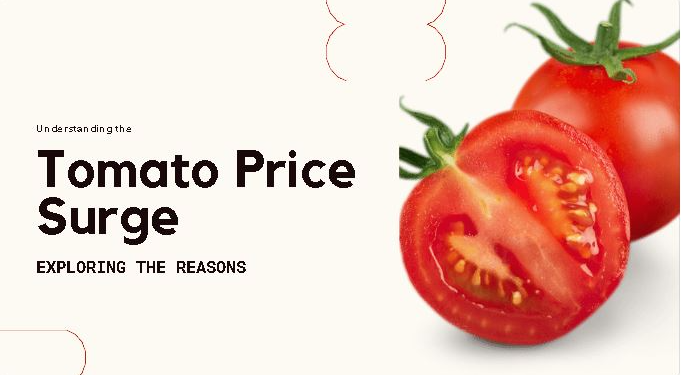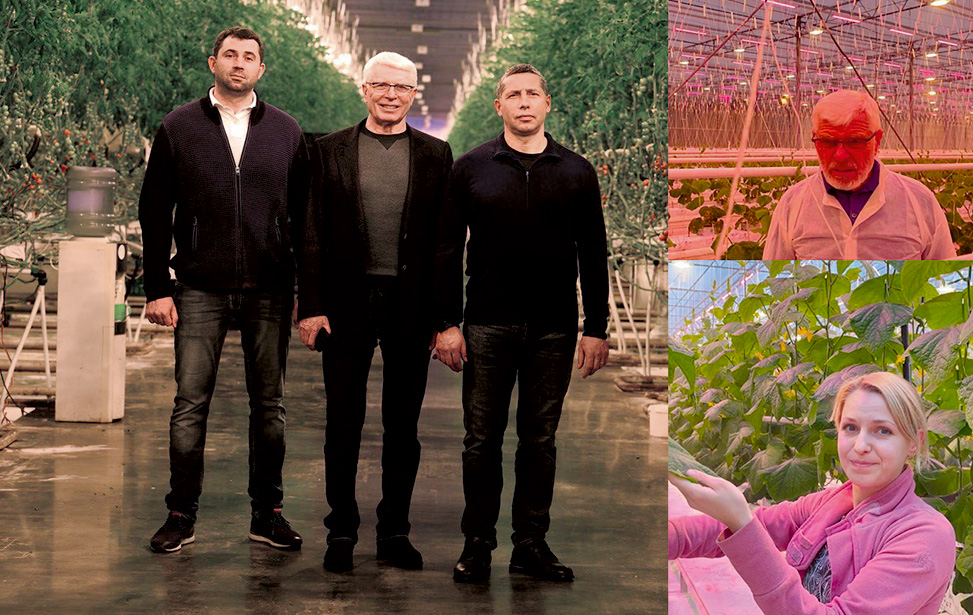The agricultural sector presents promising opportunities for entrepreneurs and investors who prioritize sustainability and innovation. With the rise in demand for eco-friendly and resilient farming practices, greenhouse cultivation has emerged as a key area of interest. This article delves into the factors driving this trend and outlines the strategic benefits of investing in sustainable vegetable farming.
Analyzing Market Dynamics and Opportunities
The recent surge in tomato prices, now retailing at Rs 90 per kilogram, highlights the vulnerabilities within traditional agricultural practices. Severe heatwave conditions in key states, heavy rainfall, and infrastructural damage have significantly disrupted tomato production. These climatic extremes, coupled with logistical bottlenecks and labor shortages, underscore the urgent need for more resilient farming methods.
Greenhouse farming offers a controlled environment, mitigating the risks posed by unpredictable weather. By leveraging advanced irrigation systems and climate control technologies, greenhouse cultivation ensures consistent production and quality. This stability can prevent supply disruptions and market volatility, making it a lucrative venture for investors.
Sustainable and Efficient Farming Practices
Investing in greenhouse farming aligns with global trends towards sustainability and environmental responsibility. Modern greenhouses incorporate renewable energy sources, water recycling systems, and integrated pest management, reducing the ecological footprint of vegetable production. These practices not only enhance productivity but also appeal to eco-conscious consumers and policymakers.
Moreover, greenhouse farming supports year-round cultivation, maximizing land use efficiency and output. This continuous production cycle meets the growing demand for fresh produce, addressing both local and export markets. The ability to produce high-value crops such as tomatoes, cucumbers, and peppers consistently positions greenhouse farming as a profitable investment.
Enhancing Supply Chain Efficiency
Greenhouse farming can significantly streamline supply chains by bringing production closer to consumption centers. Urban and peri-urban greenhouses reduce transportation costs and times, ensuring fresher produce reaches consumers. This proximity also allows for direct marketing initiatives, connecting farmers with consumers through farmers’ markets and digital platforms. By reducing intermediaries, greenhouse farmers can achieve better price control and higher profit margins.
Policy Support and Incentives
Governments are increasingly recognizing the potential of greenhouse farming and offering incentives to promote its adoption. Subsidies for greenhouse construction, tax benefits, and grants for research and development are making this sector more attractive to investors. Policies aimed at improving agricultural infrastructure, such as cold storage expansion and irrigation enhancements, further support the growth of greenhouse farming.
Climate Resilience and Future Prospects
As climate change continues to pose challenges to traditional agriculture, the resilience offered by greenhouse farming becomes even more critical. By investing in research to develop climate-resilient crop varieties and sustainable farming practices, the agricultural sector can better withstand environmental shocks. Greenhouse farming not only addresses immediate market demands but also contributes to long-term food security and economic stability.
In conclusion, the sharp rise in tomato prices underscores the need for innovative and sustainable agricultural practices. Greenhouse farming presents a strategic opportunity for entrepreneurs and investors to capitalize on this trend. By embracing advanced technologies and sustainable methods, greenhouse farming can enhance productivity, reduce environmental impact, and provide a stable supply of high-quality vegetables. This forward-looking approach promises significant returns and contributes to a resilient and sustainable agricultural future.










